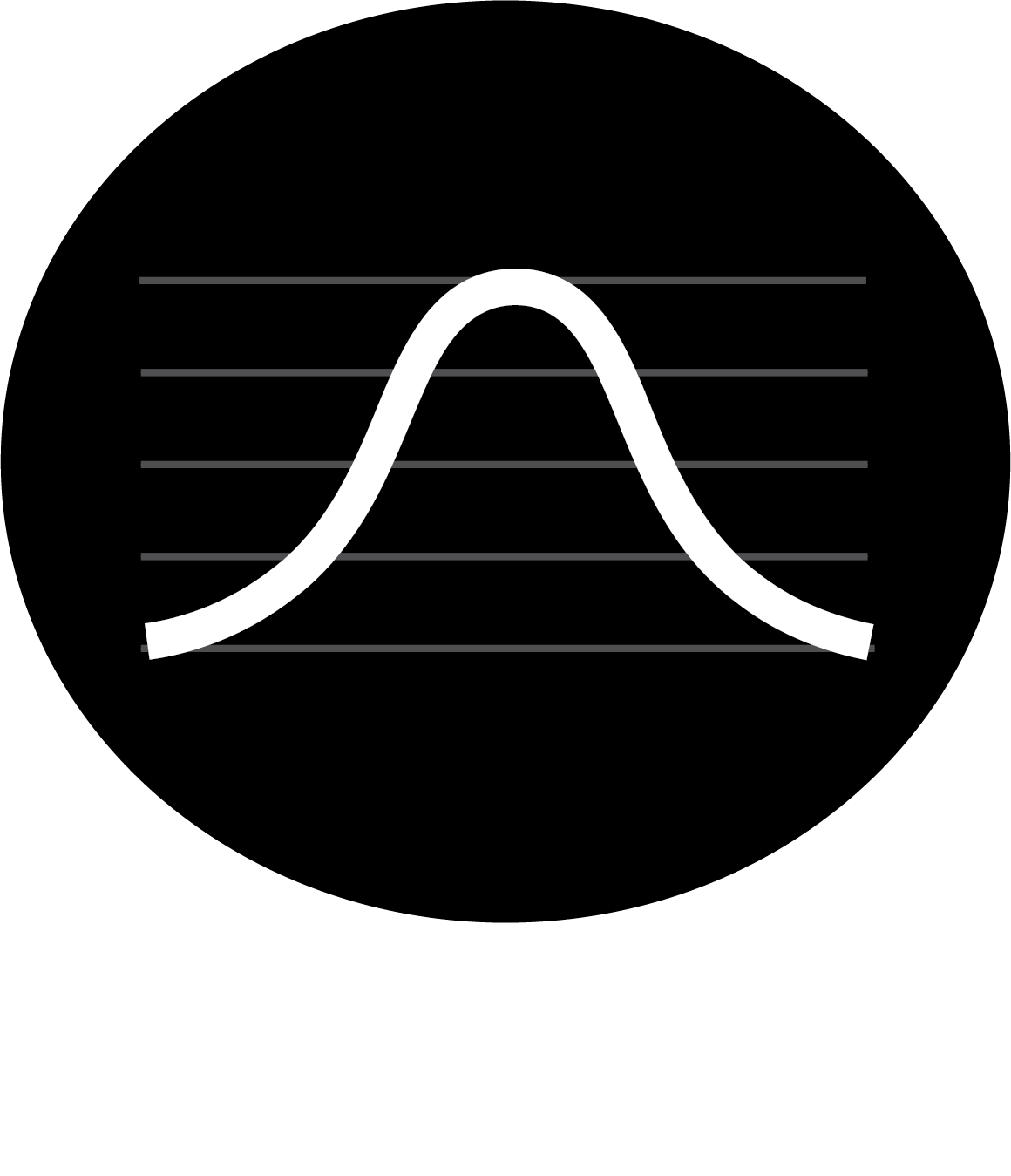I personally believe that there is a spiritual component to creativity.
Nowadays, “spirituality” gets a bad rep because it’s often connoted with giving away your life savings to cults, and spending your days tripping balls and doing all kinds of weird shit.
So, let’s stick to an unadulterated definition of spirituality, and that is, simply how we relate to the world around us.
Spirituality can be largely interrelated with creativity, in the sense that being creative has less to do with our egotistic or material desires — like being famous or getting recognition, and more about connecting to a creative force that’s larger than ourselves — call it God, or nature, or the universe — whichever suits your beliefs.
When we make art, then, it’s about being aware that we’re just a tiny part of the creative process. Our art is not so much a reflection of our own genius or our worth, but simply a medium in which the world expresses itself.
To paraphrase musician John Frusciante in the documentary The Heart is a Drum Machine, an enduring lie that the “star-making machine of Hollywood” has led us to believe is that the star is the artist, rather than the art itself.
We place artists on a pedestal, as if they are solely responsible for making great art. When in reality, so much of art — especially the ideas that we have — aren’t in our control. What matters, then, is not so much the artist themselves, but their connection to a higher power. To make art is to let that higher power express itself through you.
As Frusciante explained, “I think that the force that created us is expressing itself through our existence. I don’t believe that a musical idea starts in your brain. I believe it starts at a place before that that we don’t have any direct contact with. And I believe that everything that we create is nature expressing itself in the same way that a flower grows out of the ground.”
In this article, I’m going to share one way to approach your art more spiritually, which is, setting your creative intentions.
I believe that when you set your intention to create art, there are unseen forces that work in bringing your art together through serendipitous ideas that arrive at just the right time and place.
I love the story of how the band System of a Down created one of their staple songs, Chop Suey. The songwriters Serj Tankian and Daron Malakian were nearly done working on the song, and they had a solid theme in place. It was to be about the double standards that we have as a society in judging people in death.
The song reminds us that everybody deserves to die. And it criticizes us for only showing sympathy when “angels” die. Meanwhile, particularly when it comes to losing people to suicide, we are conditioned by our religious communities to react rather apathetically, due to suicide being a major sin. In the frantic and frenzied lyrics, we are invited to empathize with the mental-health struggles that drive such people to suicide in the first place.
The bridge and outro of the song were the only sections that were unfinished. Tankian and Malakian toiled in the studio, thinking hard of an epic ending to the song. After being stuck for a while, their producer, Rick Rubin, suggested that they take a break and hang out in his home.
Rubin then brought Tankian to his home library. To find the next set of lyrics, Rubin asked him to pick a random book, flip to a random page, and point his finger to a random phrase.
The book was presumably the Bible, as the phrase that Tankian’s finger landed on was, “Father, into your hands I commend my spirit,” from Luke 23:46. With this one phrase, the song suddenly evolved into something much larger than they had previously envisioned.
Relating with Christian belief, the bridge of the song subtly argues that even Jesus’s death on the cross was technically a suicide, as he willingly sacrificed himself to being crucified, in order to atone for humanity’s sins.
When tied in with the rest of the lyrics, the narrator in the song can be seen as a Christ-like figure, as they contemplate their “self-righteous suicide”, speaking on the behalf of other people with similar struggles, who believe that their suicide would be the best, if not the only, solution for them.
For System of a Down, it was one of those magical moments when the pieces of the puzzle miraculously revealed themselves, and resulted in a perfectly-fitting picture — or in this case, their defining song. As Tankian said of the incident, “It’s like the universe literally wrote those lyrics. It’s beautiful.”
As Rubin similarly remarked about the song, “When you are open and looking for these clues in the world, they are happening all time, and they are often happening right when you need them.”
Reading about miraculous creative incidences in a story like this may seem far-fetched or esoteric. But it’s really not unusual to have a similar experience when you’re creating art.
I can speak from my own experience that I have had countless of these incidences when I write my articles. At the start of every week, I would place my intention, by praying to God to help me write a good article.
I couldn’t tell you just how common it would then be for me to have a bunch of interconnected ideas, usually when I’m meditating or when I’m showering. I would have to quickly jot these ideas down into an outline so that I don’t forget.
I do struggle with a lack of ideas occasionally, like not knowing what to write in a particular paragraph or section. But time and time again, I’d conveniently encounter a quote that gels really well with my theme and points when I’m casually browsing a book or scrolling through social media. Or I’d find a recommended video or article on my Google Chrome homepage that would lend me inspiring points that I could adapt into my work.
This is the value of setting your creative intentions. And this is the value of opening yourself to the creative forces that inherently exist in this world.
Of course, it’s fine if you don’t believe any of this spiritual stuff. You’re entitled to your own beliefs. But I can tell you that it’s worth giving a try, because you just might find that it works wonders for you and your art.
To quote Rick Rubin in his book The Creative Act, “The total output of human creativity, in all its kaleidoscopic breadth, pieces together the fabric forming our culture. The underlying intention of our work is the aspect allowing it to fit neatly into this fabric. Rarely if ever do we know the grand intention, yet if we surrender to the creative impulse, our singular piece of the puzzle takes its proper shape. Intention is all there is. The work is just a reminder.”

